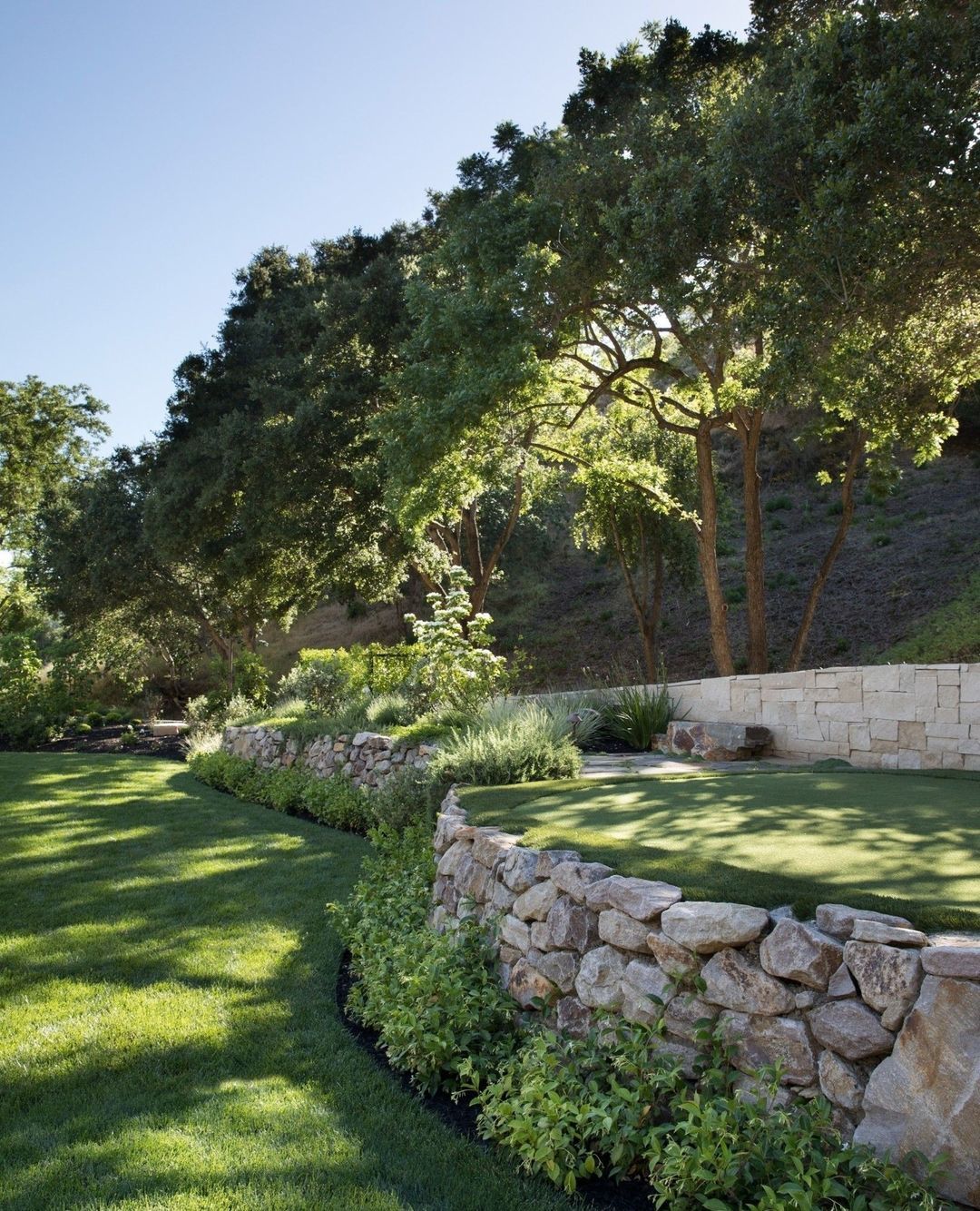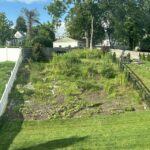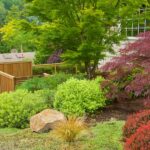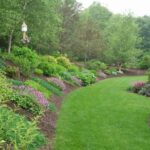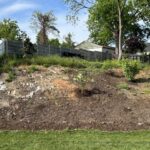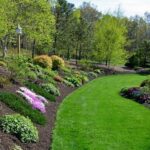Landscaping on a hill can present a unique set of challenges and opportunities for homeowners looking to enhance the beauty and functionality of their outdoor space. One of the key considerations when landscaping on a hill is erosion control. Hills are particularly prone to soil erosion, which can lead to unsightly gullies and washouts. To combat this, it is important to strategically plant ground cover, shrubs, and trees to help stabilize the soil and prevent erosion.
In addition to erosion control, landscaping on a hill also requires careful consideration of the slope and grade of the land. It is important to design the landscape in a way that takes advantage of the natural contours of the hill, while also ensuring that the area is safe and accessible. Terracing, retaining walls, and steps can help create level areas for planting and lounging, while also serving as functional and attractive design elements.
When choosing plants for a hillside landscape, it is important to select species that are suitable for the unique conditions of the site. Plants that are drought-tolerant, erosion-resistant, and able to adapt to varying levels of sunlight and moisture are ideal choices for hillside landscaping. Native plants are typically well-suited to these conditions, as they have evolved to thrive in the local climate and soil types.
Proper drainage is another important consideration when landscaping on a hill. Poor drainage can lead to water pooling, erosion, and other issues that can damage the landscape and compromise the stability of the hillside. Installing drainage systems, such as French drains or swales, can help redirect excess water away from the hillside and prevent water-related problems.
Incorporating hardscaping elements, such as pathways, patios, and seating areas, can help add structure and visual interest to a hillside landscape. These elements can also help create functional spaces for outdoor living and entertaining, allowing homeowners to make the most of their hillside views. A well-designed hardscape can also help to define different areas of the landscape and provide a sense of order and organization to the overall design.
Overall, landscaping on a hill can be a rewarding and fulfilling project that allows homeowners to create a beautiful and functional outdoor space that enhances the natural beauty of their property. By carefully planning and designing the landscape, incorporating erosion control measures, selecting appropriate plants, ensuring proper drainage, and incorporating hardscaping elements, homeowners can create a hillside landscape that is both aesthetically pleasing and sustainable for years to come.
